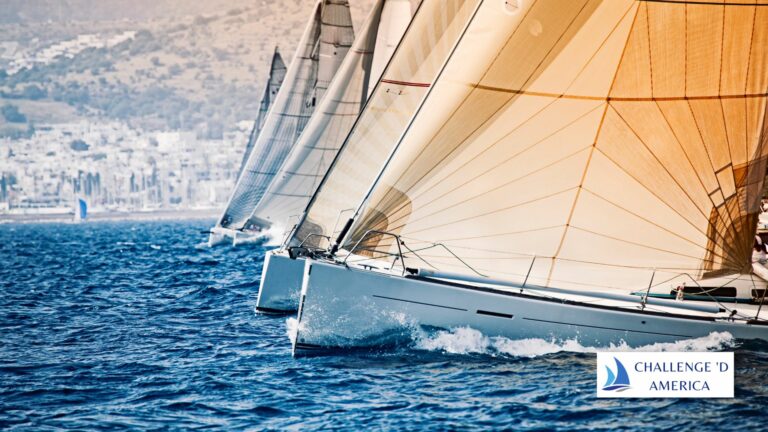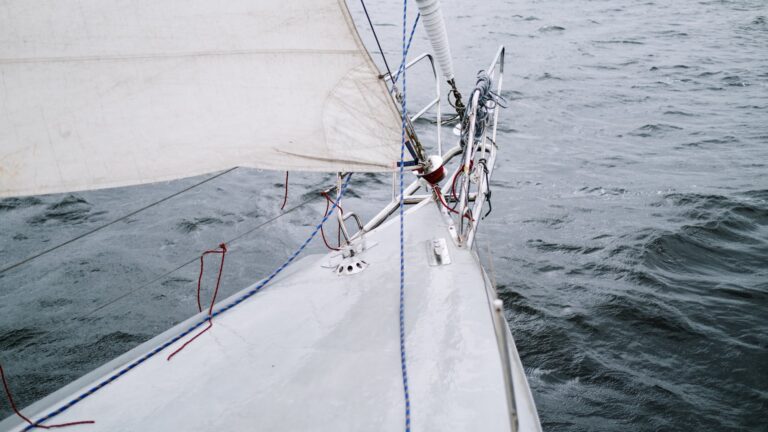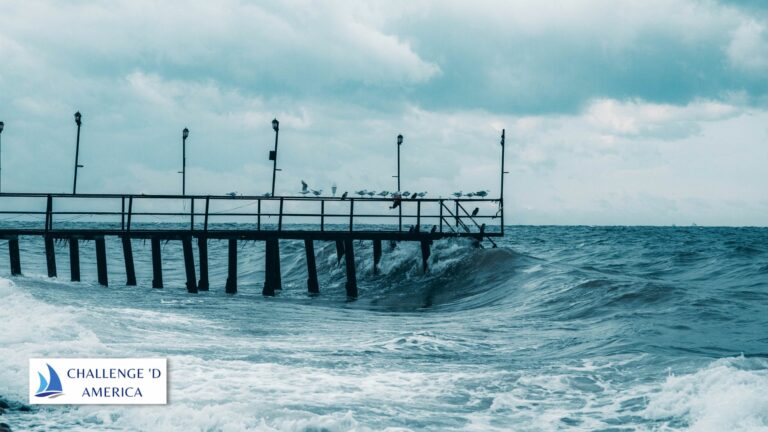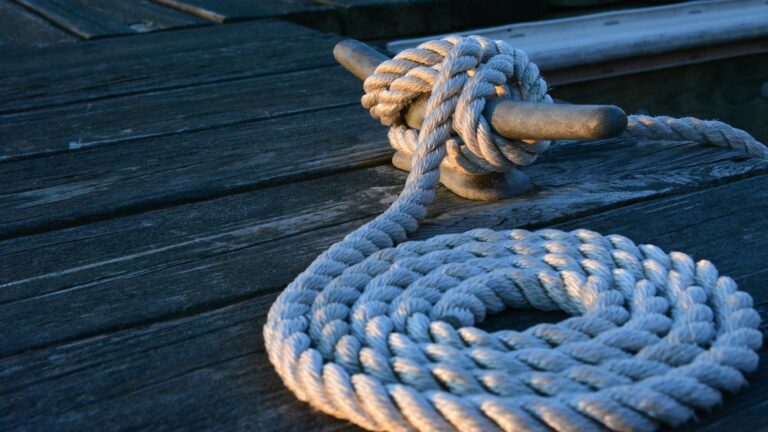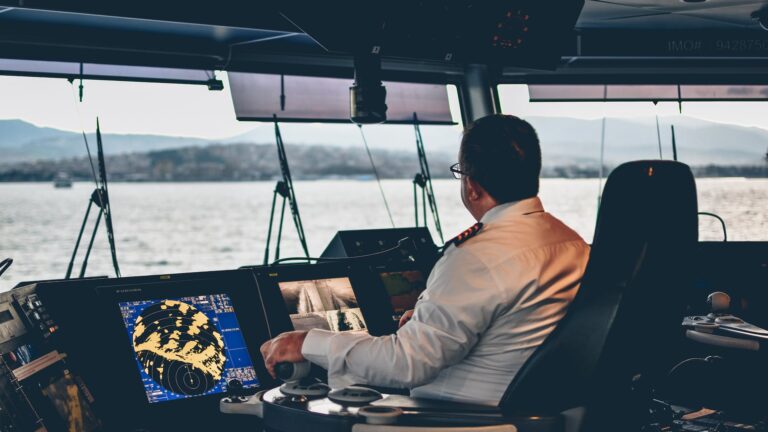What Are The Three Main Controls For The Main Sail?[Editing Required]
Sailing is one of the oldest and most popular water sports around. It is enjoyed by people all over the world. With its long history, sailing has evolved over time with many different types of equipment and techniques used. One important piece of equipment is the main sail. The main sail is the largest sail on the boat and helps to propel it forward. In order to effectively use it, there are three main controls that must be mastered: the halyard, the Cunningham, and the boom vang. The halyard and Cunningham control tension along the luff of the sail, while the boom vang helps control twist. Lastly, the outhaul flattens out the foot and lower section of the mail sail. In this guide, we will discuss what each one does and how they can be used to maximize efficiency on your next sailing trip.
What is a Main Sail?
The main sail is one of three sails on most sailing vessels. Typically, it is located at the back or stern end of the boat near where you would sit as helmsman or skipper. It is usually triangular in shape with two sides that flare out wider at their base than at their top (this shape helps capture more wind). The main sail also often has battens sewn into it which help keep it flat when deployed properly in windy conditions. Its primary purpose is to generate forward thrust when wind fills its shape, however, it can also be used to help turn or steer the boat if deployed correctly in certain conditions.
Halyard and Cunningham
The halyard and Cunningham are two separate controls but are often used together to achieve optimal performance from your main sail. A halyard is simply a rope used for hoisting sails up or down masts, typically they run from deck level up to cleats near where you would sit as skipper or helmsman on larger boats (this rope can be released in case you need to drop sails quickly). The Cunningham control acts like an adjustable pulley system which helps tension along the luff (front) edge of your main sail— as you pull on this rope, it tightens up so that your sail remains full even when sailing close-hauled against strong winds, this increases performance by reducing drag caused by flapping sails in strong winds. Boom Vang The boom vang (also known as a kicking strap) runs from near where you would sit as skipper/helmsman down to near where your boom attaches to your mast, this rope helps tension along your boom which helps control twist in stronger winds, when tightened properly, it provides more power from your main sail by keeping its shape fuller even when wind gusts change direction suddenly— this reduces drag caused by flapping sails which reduces performance in these conditions. Additionally, if deployed correctly with other controls such as halyards/Cunninghams/outhauls, you can use your boom vang like an extension of those controls which adds versatility & performance benefits in certain conditions e.g., when sailing close-hauled against strong winds or tacking through narrow channels/inlets etc.. Outhaul The outhaul runs from near where you would sit as skipper/helmsman down near where your foot attaches at mast level, this rope helps tension along your foot & lower section of your mail sail— when tightened properly, it flattens out those areas & provides more power/performance in certain conditions e.g., when sailing close-hauled against strong winds or tacking through narrow channels/inlets etc.. Additionally, if deployed correctly with other controls such as halyards/Cunninghams/boom vangs etc., you can use your outhaul like an extension of those controls which adds versatility & performance benefits in certain conditions e.g., when sailing close-hauled against strong winds or tacking through narrow channels/inlets etc.. Conclusion Using all three main controls for your main sail can help maximize efficiency during any voyage on open water— whether you’re racing around buoys on a lake or crossing oceans under blue skies, understanding how each works & how they can be combined together will give you added confidence & better results no matter what type of sailing experience you’re embarking on next!



